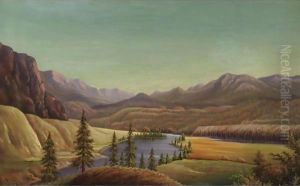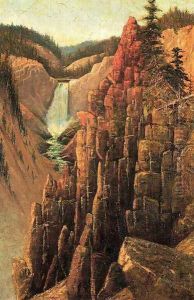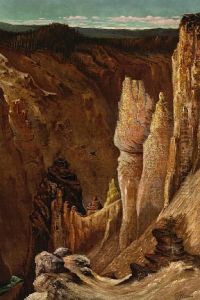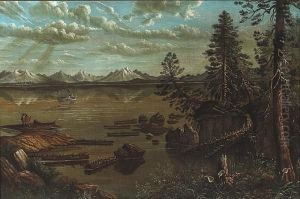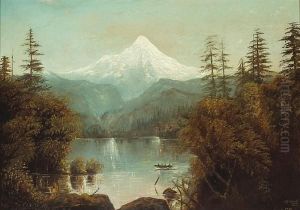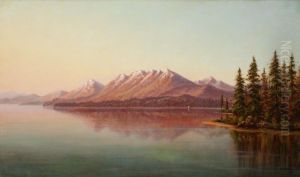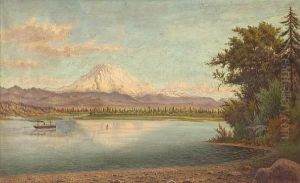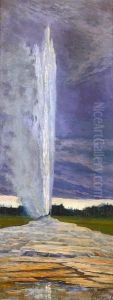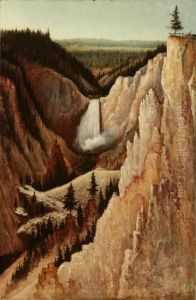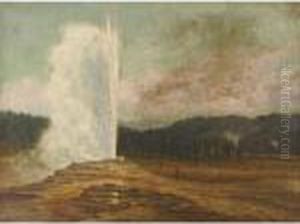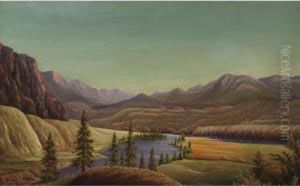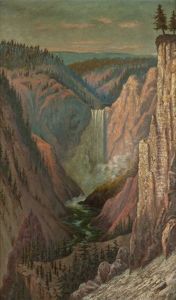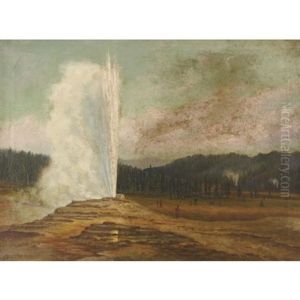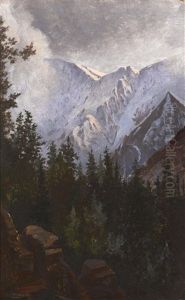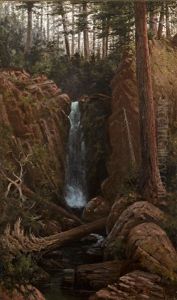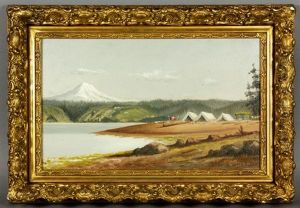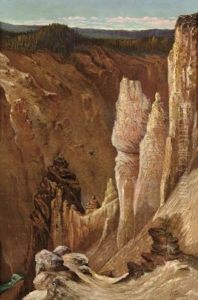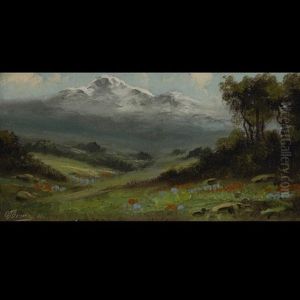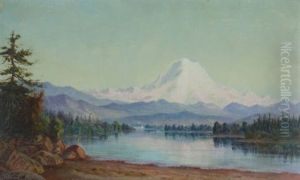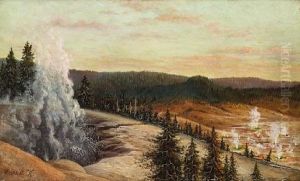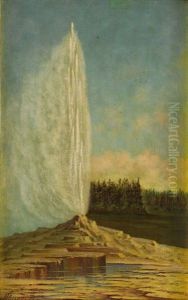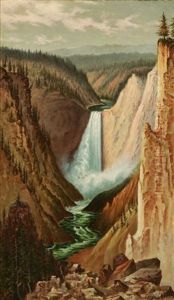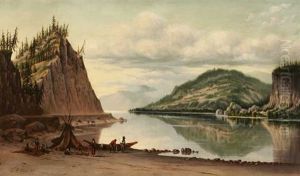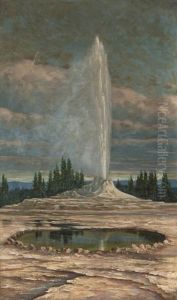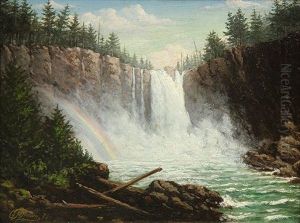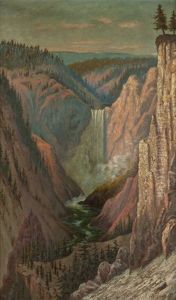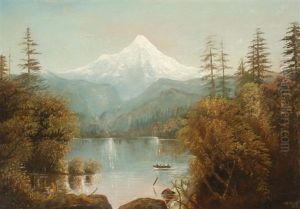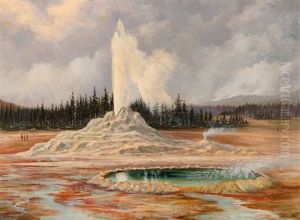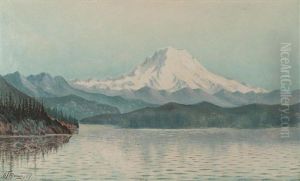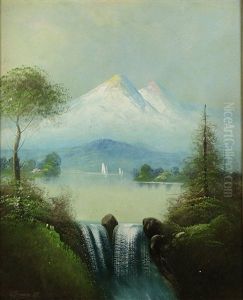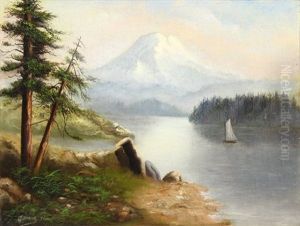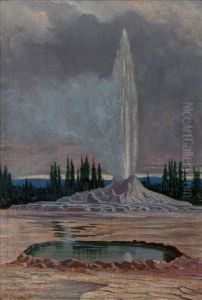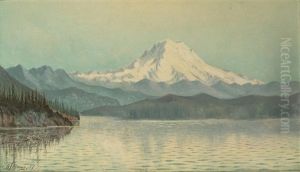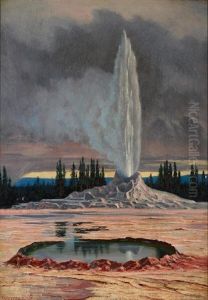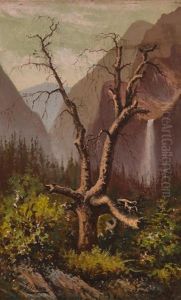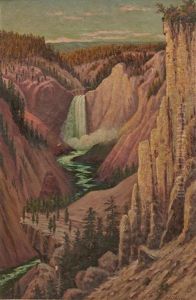Grafton Tyler Brown Paintings
Grafton Tyler Brown was an American painter, lithographer, and cartographer, renowned for his landscapes of the American West. Born in Harrisburg, Pennsylvania, to African American parents who were both free people, Brown learned the printing and lithography trade at an early age. In 1861, at the age of 20, he moved to San Francisco, California, a burgeoning city fueled by the Gold Rush, where he initially found work as a lithographer with Kuchel & Dresel, a prominent firm known for producing detailed city and county views.
Brown's talent and hard work soon allowed him to establish his own lithography business in 1867. As one of the first African American artists to capture the West on canvas and paper, his work provides a unique and invaluable perspective on the landscapes and urban development of the era. He produced panoramic maps, town views, and landscapes, contributing significantly to the visual record of California and the Pacific Northwest in the late 19th century.
In the 1880s, Brown shifted his focus from lithography to painting, drawn to the majestic landscapes of the West. He traveled extensively, painting scenes of California, Oregon, Washington, and British Columbia. His paintings often featured dramatic landscapes, including the rugged coastlines, expansive deserts, and towering mountain ranges of the region. Brown's work during this period was met with acclaim, and he was recognized as a significant figure in the art world of the American West.
Despite the challenges he faced as an African American in a predominantly white profession, Brown achieved considerable success in his lifetime. In 1889, he relocated to Portland, Oregon, where he continued to work and exhibit his paintings. Later in life, he moved to St. Paul, Minnesota, where he passed away in 1918.
Throughout his career, Grafton Tyler Brown broke barriers and paved the way for future generations of artists of color. His legacy is preserved in the collections of major museums and libraries, and his work continues to be studied and celebrated for its historical value and artistic merit.
